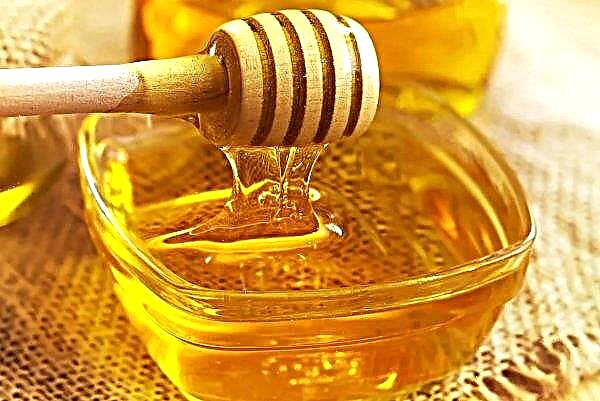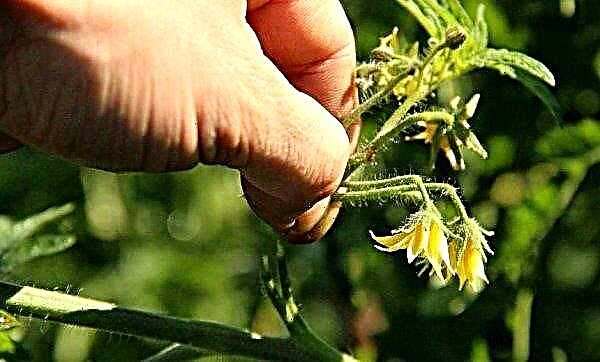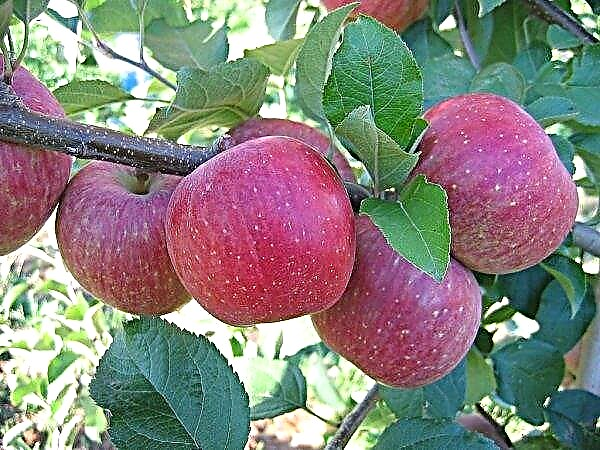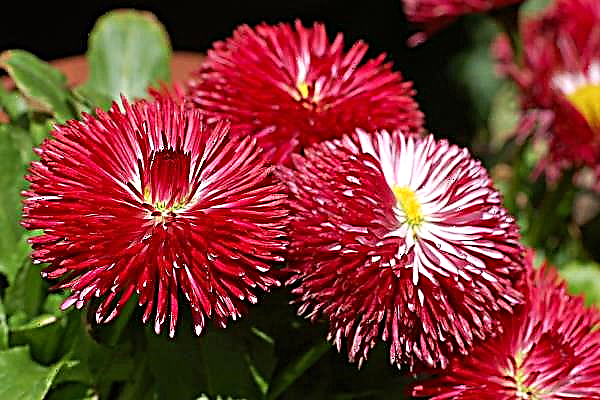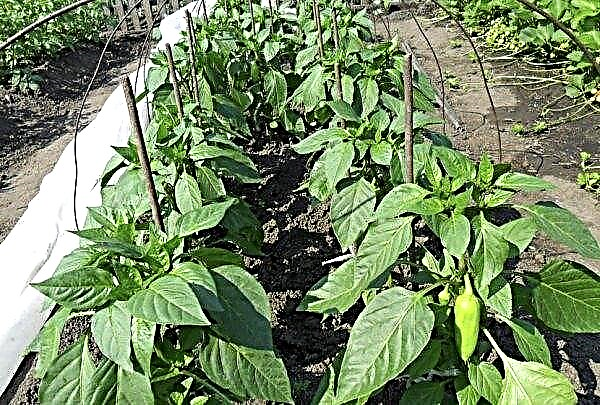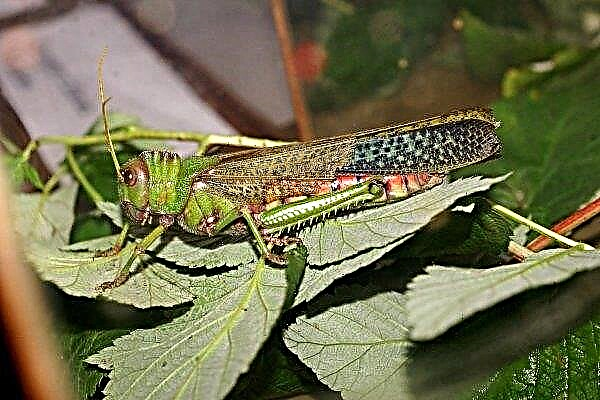Plant pesticides with the active ingredient chlorpyrifos and its variety chlorpyrifos methyl cannot be used in Switzerland from July 1, 2020. These substances are extremely toxic to humans, birds, mammals, fish, insects, as well as to all types of bees and bumblebees.
In June last year, the Federal Department of Agriculture banned the use of pesticides containing chropyrifos and its derivatives from August 1, 2019.
However, 8 manufacturers and distributors of these pesticides appealed to the Federal Administrative Court to delay enforcement of the ban. Their complaints were fully satisfied.
 Scientists have developed pesticides that smell like cinnamon, cloves and mint. The active substance that protects plants from pests is essential oils, and such “chemicals” are considered relatively safe
Scientists have developed pesticides that smell like cinnamon, cloves and mint. The active substance that protects plants from pests is essential oils, and such “chemicals” are considered relatively safe
The applicants, as well as Greenpeace Switzerland, WWF Switzerland and the Federal Office of Agriculture, have now reached an agreement in the context of judicial reconciliation. This outcome determined the period from which the ban will apply, and the conditions for using pesticides up to this point.
The substances that are banned are Blocade, Cortilan, OleoRel, Pyrinex and Reldan 22. From July 1, they are forbidden to use for all crops.
This decision can be appealed within 30 days from the date of the decision. It is worth noting that the ban on the use of chlorpyrifos and chlorpyrifos methyl in the European Union will begin to apply from the end of January 2020.
- According to the US Department of Agriculture’s Environmentally Friendly Working Group's annual data analysis, strawberries, spinach and cabbage are some of the most “pesticidal” foods, while pesticide residues are the lowest in avocados, corn, and pineapples.
- SCIF 2020 Congress Theme: “Innovative Technologies and Equipment for the Production of Mineral Fertilizers and Pesticides”.
- MPs suggest reducing chemical plant protection as a “common indicator," the European Parliament believes that the use of plant protection chemicals should be reduced to protect pollinating insects such as bees.

